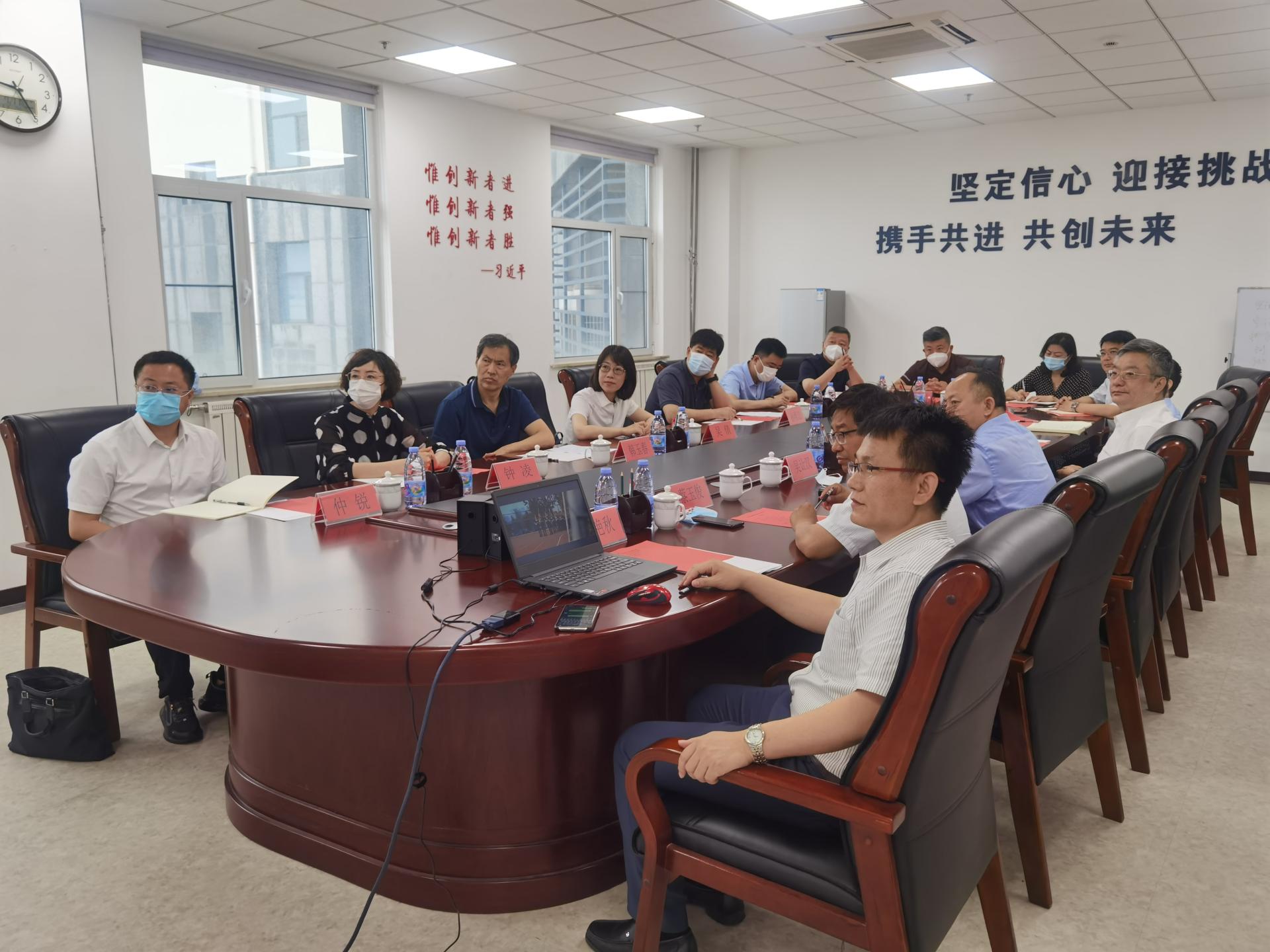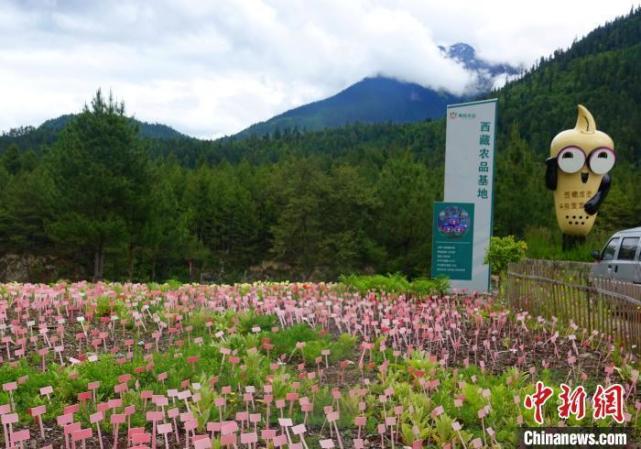The three culture belts showed the story of Jingwei
Author:Beijing released Time:2022.07.21

Lotus in the West Sea Wetland Park is blooming.
Shicha Haixi Sea Historical Wetland Landscapes have resumed, and the protection of Liulihe site has made breakthrough progress, promoting the construction of the Great Wall National Cultural Park ... In the past five years, under the overall framework of promoting the construction of the National Cultural Center, the construction of the national cultural center, On the Grand Canal Cultural Belt, the Yongding River Cultural Belt of the Xishan, and the Great Wall Culture Belt, the new highlights are continuously presented.
At the Beijing Cultural Forum, which is about to be held from July 25th to 26th, the Beijing Weier Story on the three culture will be in the historical and cultural heritage and development sub -forum with the theme of "Inheritance History and Culture Pulse". Essence
The style of Shichahai in Lao She reappears
On the Grand Canal Culture Belt, in the Shicha Haixi Sea Wetland Park, Liu Lin is surrounded by embankment, thousands of hectares of lotus, reeds, water ducks are groups, cicadas are boiling ... Old Beijing Shichahai in Lao She has now reappeared.
"We have created about 20,000 square meters of aquatic planting areas, including lotus planting areas, 菖 菖, reed area, etc., with more than 50 aquatic plants, of which there are more than 30 lotus varieties." Previously, Li Hui, the person in charge of the West Sea Wetland of Jicheng Landscape Group, introduced that not only the plant landscapes were pleasing to the eye, but also added 500 square meters of wild duck island and two ecological floating island areas of about 800 square meters. The construction of a variety of bird habitats jointly builds the ecosystem of urban wetland. "Now, there are often wild birds such as green -headed ducks and crickets in the park. Birds that are not common in urban areas like black swans have also visited."
In recent years, the Shichahai West Sea has shown the shoreline by demolishing illegal construction and dredging. A total of 7 newly built 1,000 square meters of Lake -viewing boardwalks were built across the West Sea Wetland, which became a hydrophilic place for citizens to rest.
A millennium ancient canal, describing inheritance and development.
The Protection of Cultural Heritage of the Grand Canal has been further strengthened. The relocation of Wanshou Temple was successfully completed, and Bali Bridge achieved functional retirement. The "three temples and one tower" resumed the historical pattern of ancient architecture, and a number of key cultural relics were protected. The construction of the Grand Canal National Cultural Park has been accelerated, the first phase of the Grand Canal Site Park has been launched, and the first phase of the Lu County Old City Park has the conditions for opening the park.
Along the Grand Canal, the governance of ecological environment has achieved remarkable results. The North Canal (Tongzhou section) comprehensive governance subject project was completed, and the entire river channel of the Empress Dowager (Chaoyang Section) was fulfilled; it continued to carry out the comprehensive governance project of the Liangma River. The Beijing section of the Grand Canal involves comprehensive monitoring of the section.
This year, the main structure of the three major cultural facilities of the Grand Canal Museum (Shoubo Dong Pavilion), the urban sub -center library, and the urban sub -center theater has all been capped, and it will become a new landmark of cultural land along the Grand Canal. This flowing "development river" is endless.
Liulihe National Archaeological Site Park opened
From the site of the Human History History of more than 500,000 years ago, to the site of the Zhoukou store of the "Source of Beijing City" 3,000 years ago, and then to the Jinzhong Capital Site, which was the beginning of the capital of Beijing, which was more than 800 years ago ... Xishan Yongding The history of the river culture belt is longer.
In the cultural relics display room of Liulihe Archeology Workstation, a new discovery of archeological archeology collected by the Liuli River site: a bronze ritual combination composed of bronze, bronzes and bronzes. The bronze tattoo decorations are the same as the pupae decoration unearthed more than 40 years ago. The two device reunited, which further confirmed the name and word system of the Western Zhou Dynasty; there was a bone of several sheep at the bottom of the copper tripod to study the western Zhou sacrifice and funeral for archeologists to study the Western Zhou Dynasty sacrifice and funeral. The system provides an important basis ...
"Since the launch of the archeological research of the Liulihe site in 2019, the site's excavation area has reached more than 1,000 square meters. It is found that many ruins and cultural relics in the Western Zhou Dynasty have been discovered. Dean Guo Jingning said that on the basis of archeological excavation in the early tomb area, this year, archeologists will start archeological excavations of the site palace area. The preliminary investigation and exploration is currently underway. "We will further understand the distribution and protection of important relics. The status quo provides a basis for the overall pattern of the Liuli River site, the overall pattern of the Liuli River site, and the social appearance. "
Based on archeological results, the construction of the Liuli River National Archaeological Site Park has been fully opened. The walls and urban sites, palace area, sacrifice area, and tomb site areas in the city site area will be used as key display areas. Future meets the public.
Not only the Liuli River, the Yongdinghe Culture Belt of the Xishan, the protection of many sites has made breakthrough progress.
This city promotes the preparation of the "Zhoukou Store National Archeological Site Park Plan", completes the construction project of the first place (Ape Man Cave) to protect the construction project of the Zhoukou store site, and is officially opened to the public; promotes the preparation of the "Golden Metropolis Cities Rules Protection Plan", and implements the archeology of the Golden Capital Wall Site Archaeological Site. Work and carry out the conceptual design of the Golden Metropolitan Site Park. The overall protection of the Sanshan Wuyuan area will be further strengthened to promote the restoration and improvement of the overall environmental features of the inheritance; Sanshan Wuyuan has also been selected as the first batch of national cultural relics protection and utilization demonstration area creation list. A series of key protection work is accelerated. Catal.
The city has also continued to promote the construction and development of the three major red theme areas established by the founding of the party, the Anti -Japanese War, and the founding of the New China; organize and implement major cultural relics protection projects and surrounding environmental remediation projects such as the Central Committee of the Communist Party of China in Xiangshan Revolution, Luogouqiao Wanping City, and promoting coordination and coordination to promote coordination and coordination. "The Road to Inspection in Beijing" protection and utilization. Historical relics will also release new vitality. This city takes the opportunity to serve the Beijing Winter Olympics as an opportunity to use Shougang Industrial Restaurant to rebuild the National Winter Training Center, Ski Daikai and other venue facilities; transform the Shougang Three Poor Furnace as a high -end show and exhibition center; Olympic park. The transformation and construction of Gongli Cultural and Creative Industrial Park, which is transformed and constructed by Mentougou Liulicu Village, plans to open the park this year, which will promote the inheritance and protection of non -heritage arts, meet the needs of ancient construction of important cultural relics such as the Forbidden City and the Summer Palace, and develop the "non -heritage legacy +"Characteristic cultural products or services.
Explore the "Beijing Experience" that the Great Wall protects
In Beijing, the protection of Great Wall is not on length repair, but the overall protection and reasonable use of space categories. Data show that the Beijing Great Wall Culture Belt runs through the ecological conservation area in northern Beijing, accounting for about 30%of the Beijing area. In recent years, the city has incorporated the Great Wall as an important content of the protection and cultural belt construction into the overall planning of Beijing City and the construction of the National Cultural Center. Focus on the new pattern of protection of Beijing Great Wall.
The Great Wall entangled in the forests starts the rescue repair project every year. As of June this year, the 50 Great Wall rescue reinforcement projects have been organized. The repair process is on the premise of adhering to the "minimum intervention principle". At the foot of the Great Wall, the first Great Wall protection and repair practice base has been established at the foot of the Great Wall. The Arrow Capital Great Wall and Dazhuangke Great Wall have carried out research repair. Copy and promoted "Beijing experience". The six districts along the Great Wall have established a Great Wall protector team, and 488 Great Wall protectors are weaved into a full -coverage and blind area -free Great Wall heritage protection network.
These are all in progress, and there are future. The city continues to explore the long -term mechanism of the Great Wall protection, and has introduced the "Great Wall National Cultural Park (Beijing Section) Construction Protection Plan" and the implementation plan. Focus on group planning. The core exhibition area of the Badaling World Heritage Sita, Mutianyu -Arrow buckle, Gubeikou -Sima Ting, General Guan -Huangsongyu, and River City -Huangcao Liang and other series of special cultural tourism convergence demonstration areas will gradually come out. The "Great Wall of Gyeonggi", which integrates "transportation, culture, experience, experience, recreation", will be completed. In addition, the cultural relics department cooperates with colleges and universities to build the Beijing Great Wall Cultural Research Institute, promotes the construction of the Great Wall Cultural Belt and the Great Wall National Cultural Park, promotes the scientific protection, rational use of the Great Wall, and explores the innovation road of the Great Wall cultural protection and utilization. (Source: Beijing Daily)
- END -
Wu Qian, deputy mayor of the People's Government of Baishan City, Jilin Province, and his party went to Tianjin Vocational and Technical Normal University Science and Technology Park for investigation

[Correspondent Che Yanqiu] From July 11th to 12th, Wu Qian, deputy mayor of the Pe...
From the hometown of glacier to Wenrun Lingnan Tibet Tibet to help the people increase their income and promote the exchange of Tibetan Cantonese exchanges

The picture shows the Tibetan Tibetan and Wild Nursing Base in Dongruo Village, Ta...